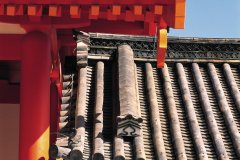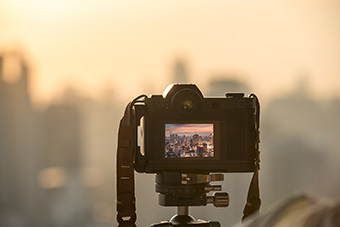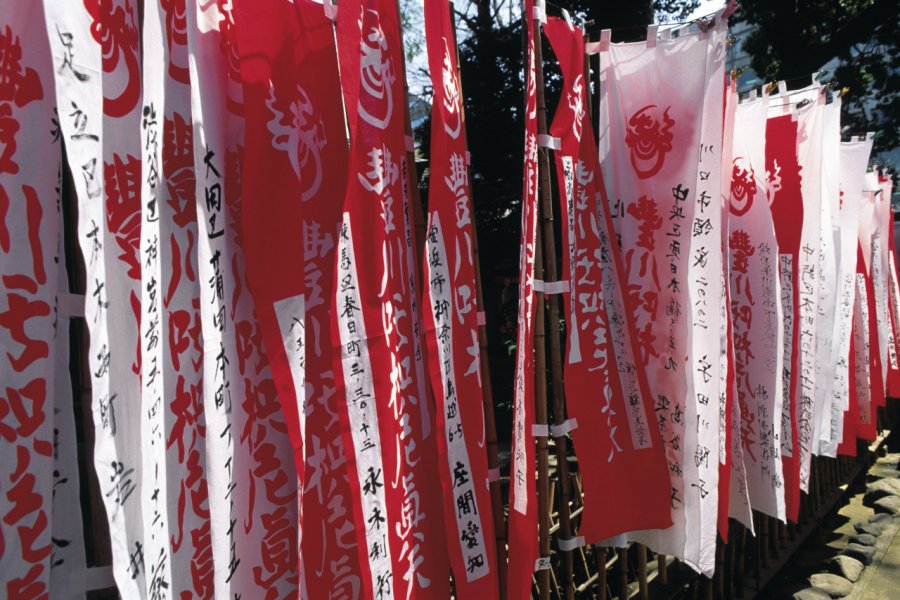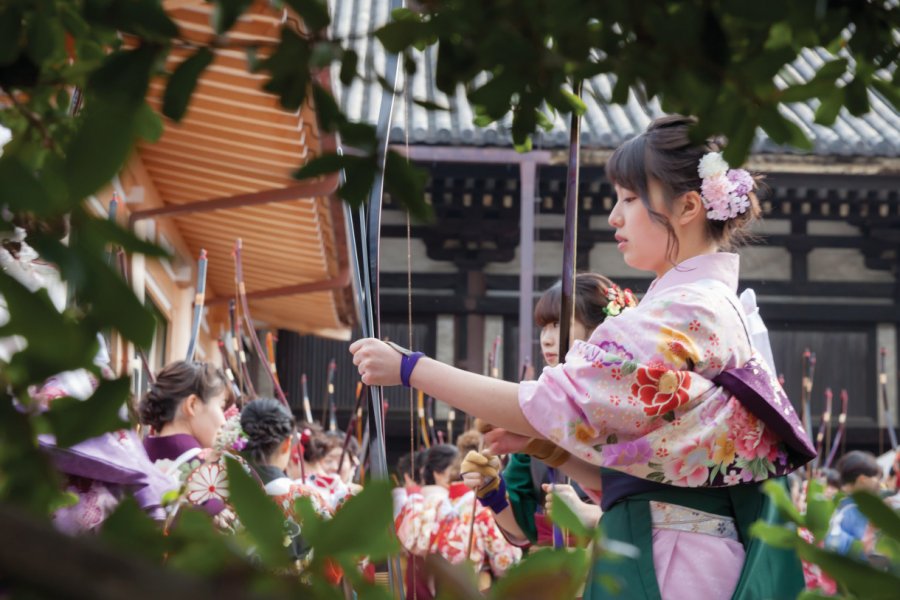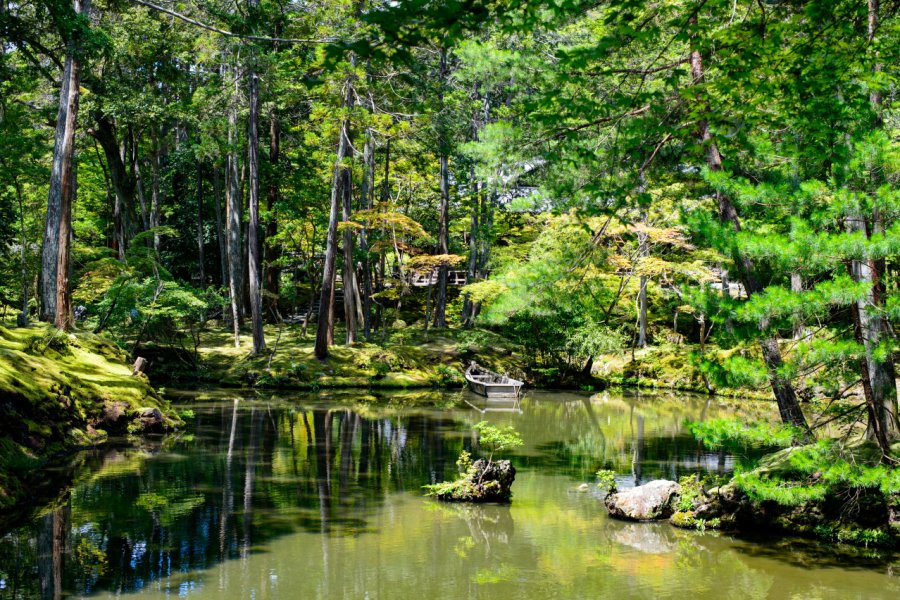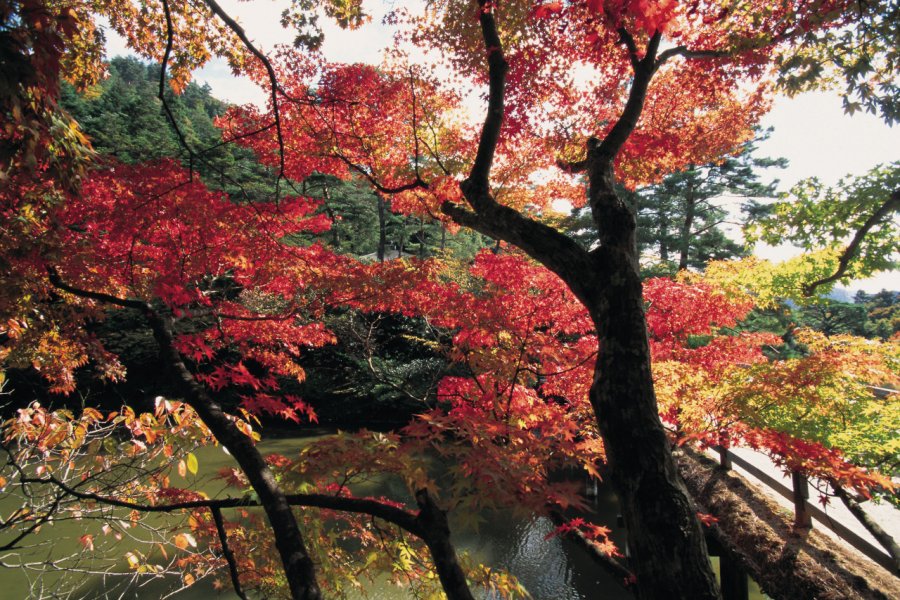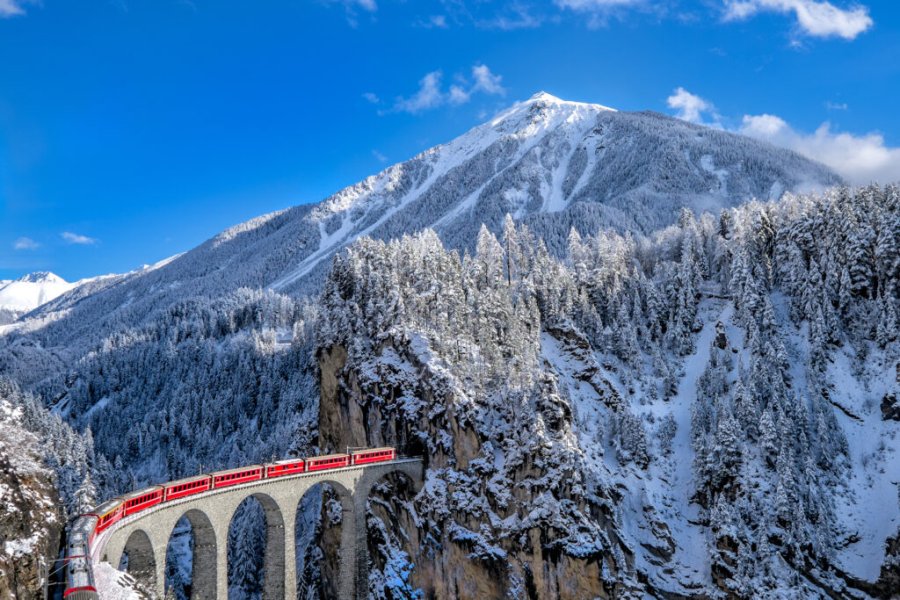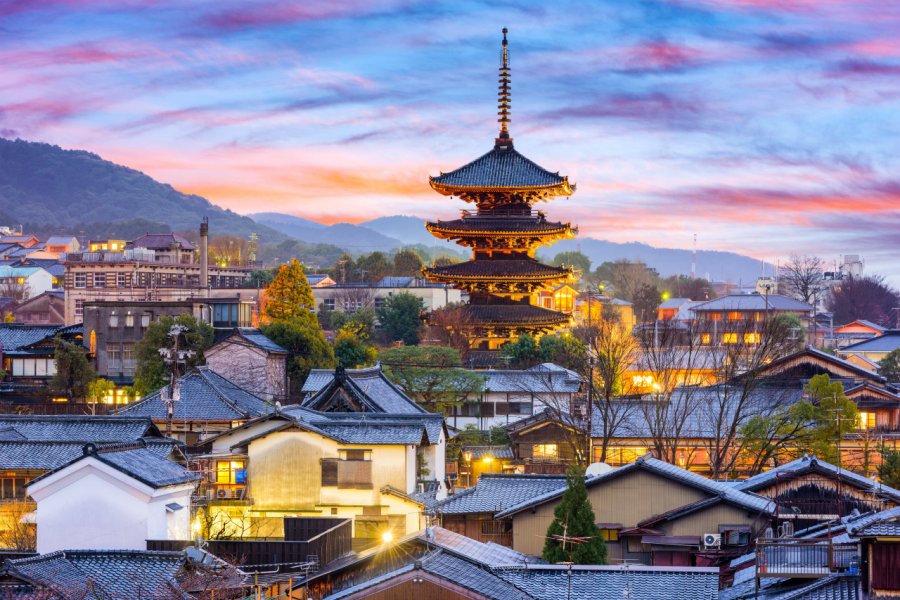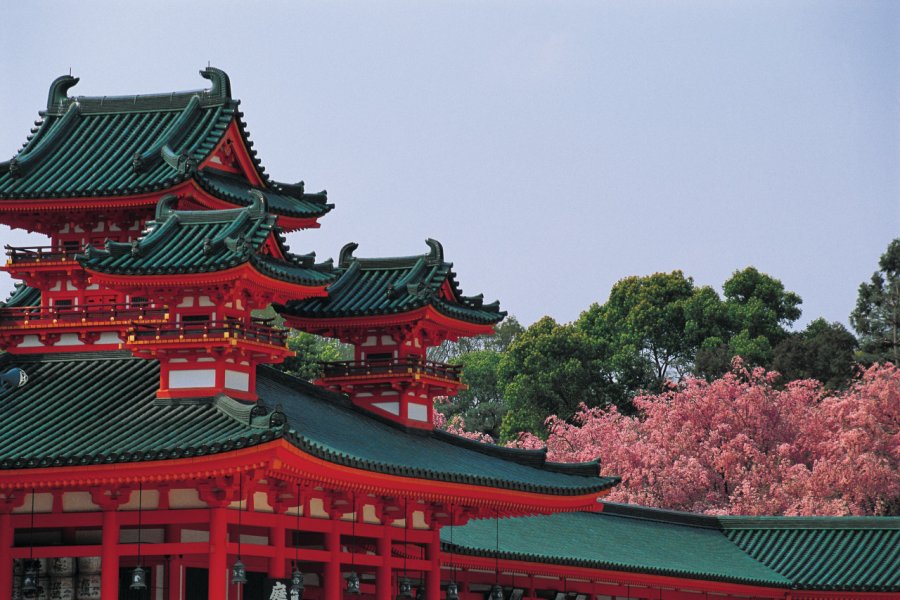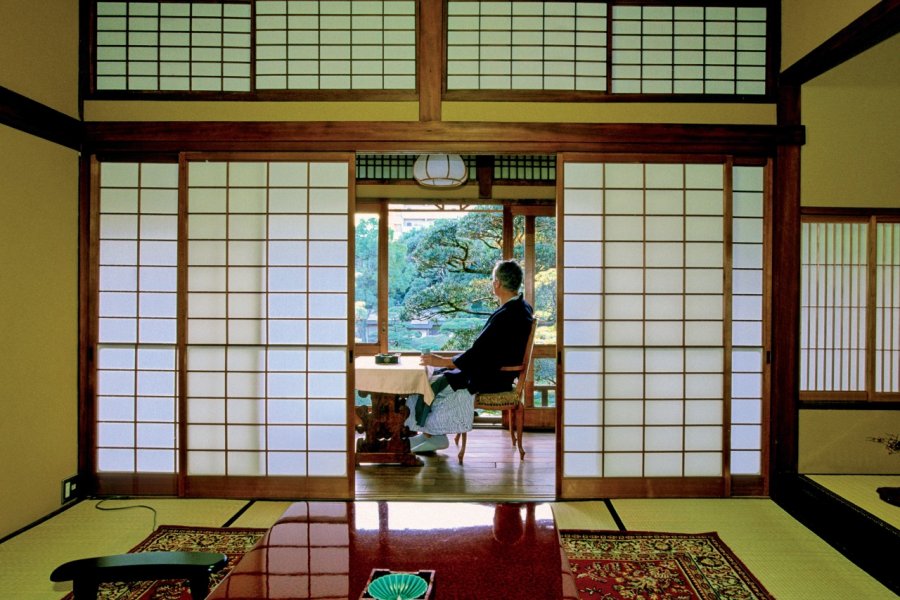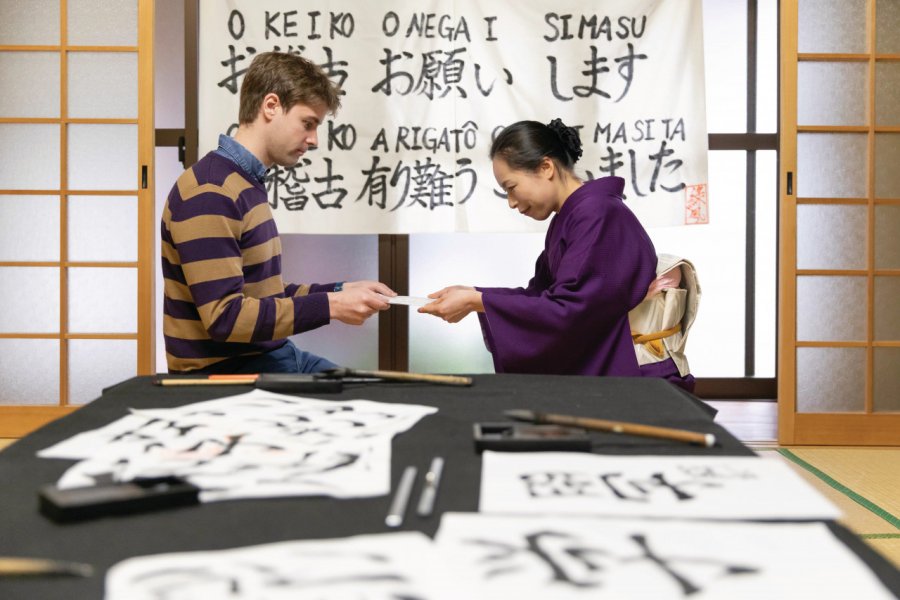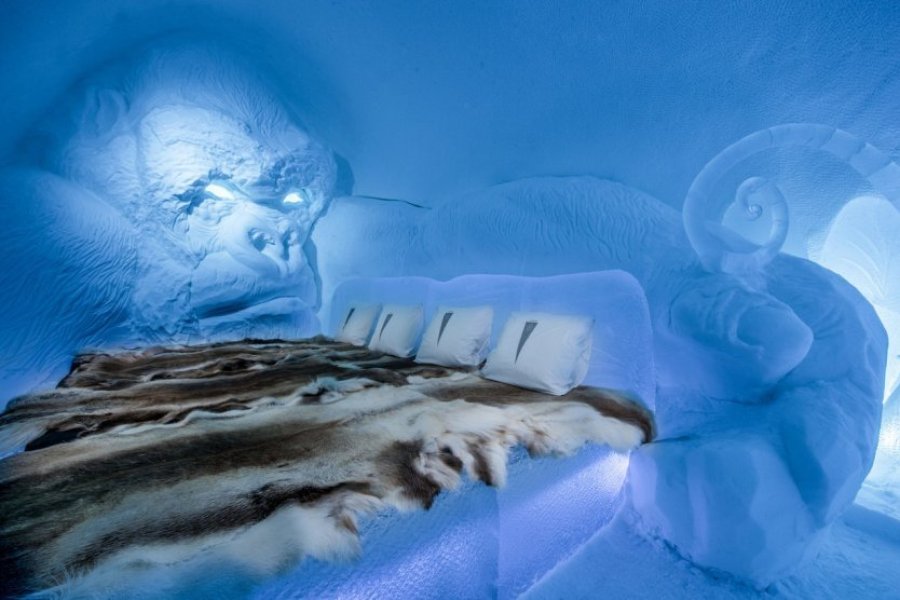Travel Guide Kyoto
Kyōto is not Japan as we say. It's traditional Japan. Former capital of Japan, Kyōto is located, like Tōkyō, on the island of Honshū and in the Kansaï region. The Shinkansen, a high-speed train, links Tōkyō to Kyōto in 2 hours and 40 minutes. Kyōto is 1h15 from Kansai International Airport, next to Ōsaka. The old city is home to a profusion of temples, palaces and gardens, each more fascinating than the next. There are more than 2,000 Japanese gardens at Kyōto ! The Kinkakuji Temple and 16 other temples and shrines are classified as World Heritage Sites by UNESCO and make Kyōto an essential spiritual destination. In the alleys with wooden houses, you will meet the geikos, the beautiful geishas of Kyōto. See the traditional Nishiki market, go on the tea roads, enjoy matcha tea ice cream and enjoy local sencha tea, attend a traditional theatre performance. Kyōto it is also a remarkable natural environment. Plan mountain hikes on the slopes of Mount Hiei, not to mention an excursion to the shores of Lake Biwa and, of course, a day to discover Ōsaka, your tour guide in hand.
What to visit Kyoto?
Suggested addresses Kyoto
When to go to Kyoto?
When to go to Japan? Spring and autumn are the high tourist seasons in Japan, so it is at this time that hotel rates are highest and since accommodation is the most important budgetary expenditure in Japan so it can be interesting to travel out of season to save money. To avoid the highest crowds and pay less, the best time to travel to Japan is late November-early December, late February-early March, or late May and June, i.e. during the low tourist season. If you go to Japan in the spring you can attend Hanami, the festival of flowering sakura cherry trees. A national event. May 5th is the children's day. In autumn, the flamboyance of maples and ginkgo bilobas is celebrated. It's Moniji. In any season, know that you can find an old apartment, not very popular with the Japanese, for rent at a reduced cost. Western tourists will appreciate its retro charm. Avoid winter, however, as heating in older homes is limited. Finally, the Gion Matsuri Festival of Kyōto takes place in mid-July. It is the most famous in Japan. It takes place around the Yasaka-jinja sanctuary and sees the parade of about thirty tanks, called yamaboko. This millennial festival was initiated to appease the divinity in order to fight against plagues and diseases. Finally, you should know that to visit the Imperial Villa of Katsura, one of the most beautiful jewels of traditional Japanese architecture and landscape garden, as well as the Imperial Villa of Shugakuin (17th century) you must obtain a permit from the Imperial House Agency. The authorization may take more than a week. Make your request as soon as possible.
Weather at the moment
With 7,000 islands and islets, spread over 3,800 km, Japan has multiple climates, not to mention the significant variations in mountains. Boreal in northern Japan and tropical in the south, the climate in central Japan is more temperate. Spring and autumn enjoy pleasant temperatures and are the high tourist season. The rest of the year corresponds globally to the low tourist season in Japan, particularly at Kyōto where it is very hot in summer and very cold in winter.
Most of the budget is spent on accommodation, which is rarely cheap. On the other hand, we eat for a very fair price. Public transport is more expensive than in France, especially high-speed rail. We pay more often in cash than by credit card, not always accepted. The currency is the yen, the easy exchange rate. To collect yen go to the ATM counters of 7/12 mini-markets. No tip in Japan, perceived as an insult!
No visa is required for a stay of 90 days or less. All you need is a passport valid for the duration of your stay, a round-trip air ticket and enough money to support yourself while in the country. Checks are possible. Politeness and citizenship rules are inherent to the country. Always be charitable and do not outlaw yourself. You can travel with a regional Japan Rail Pass on the high-speed train to Osaka, for example. You can buy it there now, but it will cost less if you buy it in advance, in your country.
In summer, pollution and heat are to be taken into account for the fragile persons. There is no malaria in Japan, and no vaccine is required to enter the country. Vaccinations against tetanus, diphtheria, poliomyelitis (unless up to date) and hepatitis A (unless immunized) are recommended in Japan. The country has a remarkable hospital structure (but you should check before leaving that your health insurance will cover medical expenses, which are high in this country). Embassies also have their own doctors attached to them. Wearing a protective mask is common. This is a good idea if you are ill, to avoid being contaminated by others and in case of pollution peaks.
Practical information
- When to travel?
- Weather forecast
- Budget
- Formalities
- Health
- How to travel by yourself?
- How to get organized?
- Getting around
Media
How to go to Kyoto? Our advice & tips
To Japan, the offer is very large. For a first time you will be offered tours to discover the triptych Tōkyō, Kyōto, Nara in one week. For a longer time, Ōsaka and Hiroshima could be added to the program. Contrary to popular belief, small budgets can find a reasonably priced free-roaming Kyōto package with small room accommodation. Big budgets have the choice of luxury ryokans.
Discover our selection of travel agencies for this destinationTraveling alone in Japan is not a problem, Japan is a very safe country and Japanese people are always ready to help you. A single girl can return to her accommodation in the middle of the night without being bothered. The only problem is the language. Japanese people rarely speak English. Bring a lexicon or Google translation. Book a few nights in a hostel before leaving. On the spot you will make contacts and find accommodation at good prices.
In the city, a bicycle is ideal. In Kyōto you will find several rental companies and dedicated parking lots. Some areas of old Kyōto are pedestrianized. Hiking in the parks and gardens, but also in the surrounding mountains is a pleasure. Public transportation, streetcar, subway, bus, are efficient but expensive because of different companies: several tickets are needed for one trip. Some lines to the countryside go through a beautiful natural environment.
